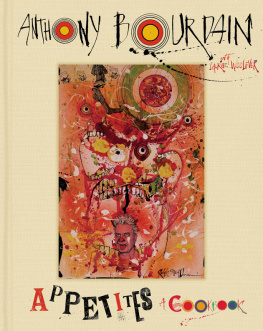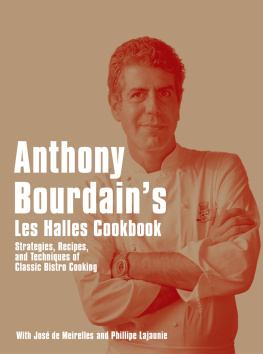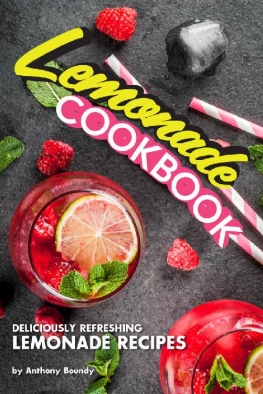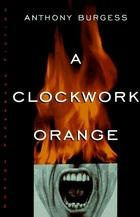Anthony Molinaro - SQL Cookbook, 2nd Edition
Here you can read online Anthony Molinaro - SQL Cookbook, 2nd Edition full text of the book (entire story) in english for free. Download pdf and epub, get meaning, cover and reviews about this ebook. year: 2020, publisher: OReilly Media, Inc., genre: Computer. Description of the work, (preface) as well as reviews are available. Best literature library LitArk.com created for fans of good reading and offers a wide selection of genres:
Romance novel
Science fiction
Adventure
Detective
Science
History
Home and family
Prose
Art
Politics
Computer
Non-fiction
Religion
Business
Children
Humor
Choose a favorite category and find really read worthwhile books. Enjoy immersion in the world of imagination, feel the emotions of the characters or learn something new for yourself, make an fascinating discovery.
- Book:SQL Cookbook, 2nd Edition
- Author:
- Publisher:OReilly Media, Inc.
- Genre:
- Year:2020
- Rating:4 / 5
- Favourites:Add to favourites
- Your mark:
- 80
- 1
- 2
- 3
- 4
- 5
SQL Cookbook, 2nd Edition: summary, description and annotation
We offer to read an annotation, description, summary or preface (depends on what the author of the book "SQL Cookbook, 2nd Edition" wrote himself). If you haven't found the necessary information about the book — write in the comments, we will try to find it.
SQL Cookbook, 2nd Edition — read online for free the complete book (whole text) full work
Below is the text of the book, divided by pages. System saving the place of the last page read, allows you to conveniently read the book "SQL Cookbook, 2nd Edition" online for free, without having to search again every time where you left off. Put a bookmark, and you can go to the page where you finished reading at any time.
Font size:
Interval:
Bookmark:

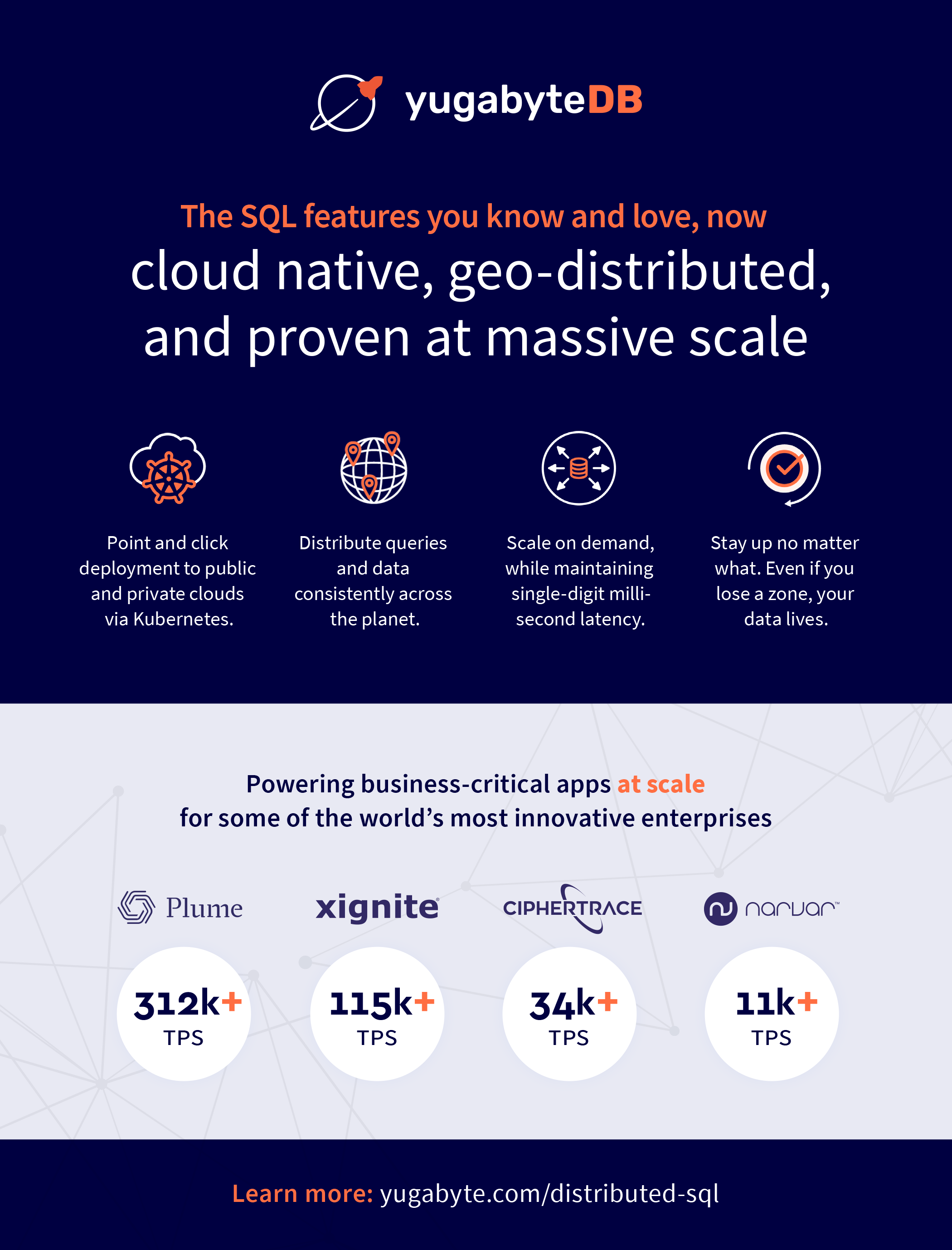
by Anthony Molinaro and Robert de Graaf
Copyright 2021 Robert de Graaf. All rights reserved.
Printed in the United States of America.
Published by OReilly Media, Inc. , 1005 Gravenstein Highway North, Sebastopol, CA 95472.
OReilly books may be purchased for educational, business, or sales promotional use. Online editions are also available for most titles (http://oreilly.com). For more information, contact our corporate/institutional sales department: 800-998-9938 or corporate@oreilly.com .
- Acquisitions Editor: Jessica Haberman
- Development Editor: Virginia Wilson
- Production Editor: Kate Galloway
- Copyeditor: Kim Wimpsett
- Proofreader: nSight, Inc.
- Indexer: WordCo Indexing Services, Inc.
- Interior Designer: David Futato
- Cover Designer: Karen Montgomery
- Illustrator: OReilly Media
- December 2005: First Edition
- December 2020: Second Edition
- 2020-11-03: First Release
See http://oreilly.com/catalog/errata.csp?isbn=9781492077442 for release details.
The OReilly logo is a registered trademark of OReilly Media, Inc. SQL Cookbook, the cover image, and related trade dress are trademarks of OReilly Media, Inc.
The views expressed in this work are those of the authors, and do not represent the publishers views. While the publisher and the authors have used good faith efforts to ensure that the information and instructions contained in this work are accurate, the publisher and the authors disclaim all responsibility for errors or omissions, including without limitation responsibility for damages resulting from the use of or reliance on this work. Use of the information and instructions contained in this work is at your own risk. If any code samples or other technology this work contains or describes is subject to open source licenses or the intellectual property rights of others, it is your responsibility to ensure that your use thereof complies with such licenses and/or rights.
This work is part of a collaboration between OReilly and Yugabyte. See our statement of editorial independence .
978-1-098-10014-8
[LSI]
To my mom: Youre the best! Thank you for everything.
Anthony
To Clare, Maya, and Leda.
Robert
SQL is the lingua franca of the data professional. At the same time, it doesnt always get the attention it deserves compared to the hot tool du jour. As result, its common to find people who use SQL frequently but rarely or never go beyond the simplest queries, often enough because they believe thats all there is.
This book shows how much SQL can do, expanding users tool boxes. By the end of the book you will have seen how SQL can be used for statistical analysis; to do reporting in a manner similar to Business Intelligence tools; to match text data; to perform sophisticated analysis on date data; and much more.
The first edition of SQL Cookbook has been a popular choice as the second book on SQLthe book people read after they learn the basicssince its original release. It has many strengths, such as its wide range of topics and its friendly style.
However, computing is known to move fast, even when it comes to something as mature as SQL, which has roots going back to the 1970s. While this new edition doesnt cover brand new language features, an important change is that features that were novel at the time of the first edition, and found in some implementations and not in others, are now stabilized and standardized. As a result, we have a lot more scope for developing standard solutions than was possible earlier.
There are two key examples that are important to highlight. Common table expressions (CTEs), including recursive CTEs, were available in a couple of implementations at the time the first edition was released, but are now available in all five. They were introduced to solve some practical limitations of SQL, some of which can be seen directly in these recipes. A new appendix on recursive CTEs in this edition underlines their importance and explains their relevance.
Window functions were also new enough at the time of the first editions release that they werent available in every implementation. They were also new enough that a special appendix was written to explain them, which remains. Now, however, window functions are in all implementations in this book. They are also in every other SQL implementation that were aware of, although there are so many databases out there, its impossible to guarantee there isnt one that neglects window functions and/or CTEs.
In addition to standardizing queries where possible, weve brought new material into Chapters .
This book is meant to be for any SQL user who wants to take their queries further. In terms of ability, its meant for someone who knows at least some SQLyou might have read Alan Beaulieus Learning SQL, for exampleand ideally youve had to write queries on data in the wild to answer a real-life problem.
Other than those loose parameters, this is a book for all SQL users, including data engineers, data scientists, data visualization folk, BI people, etc. Some of these users may never or rarely access databases directly, but use their data visualization, BI, or statistical tool to query and fetch data. The emphasis is on practical queries that can solve real-world problems. Where a small amount of theory appears, its there to directly support the practical elements.
This is a practical book, chiefly about using SQL to understand data. It doesnt cover theoretical aspects of databases, database design, or the theory behind SQL except where needed to explain specific recipes or techniques.
It also doesnt cover extensions to databases to handle data types such as XML and JSON. There are other resources available for those specialist topics.
SQL is a moving target. Vendors are constantly pumping new features and functionality into their products. Thus, you should know up front which versions of the various platforms were used in the preparation of this text:
DB2 11.5
Oracle Database 19c
PostgreSQL 12
SQL Server 2017
MySQL 8.0
The majority of the examples in this book involve the use of two tables, EMP and DEPT. The EMP table is a simple 14-row table with only numeric, string, and date fields. The DEPT table is a simple four-row table with only numeric and string fields. These tables appear in many old database texts, and the many-to-one relationship between departments and employees is well understood.
All but a very few solutions in this book run against these tables. Nowhere do we tweak the example data to set up a solution that you would be unlikely to have a chance of implementing in the real world, as some books do.
The contents of EMP and DEPT are shown here, respectively:
select * from emp;EMPNO ENAME JOB MGR HIREDATE SAL COMM DEPTNO----- ------ --------- ---- ----------- ---- ---- ------- 7369 SMITH CLERK 7902 17-DEC-2005 800 20 7499 ALLEN SALESMAN 7698 20-FEB-2006 1600 300 30 7521 WARD SALESMAN 7698 22-FEB-2006 1250 500 30 7566 JONES MANAGER 7839 02-APR-2006 2975 20 7654 MARTIN SALESMAN 7698 28-SEP-2006 1250 1400 30 7698 BLAKE MANAGER 7839 01-MAY-2006 2850 30 7782 CLARK MANAGER 7839 09-JUN-2006 2450 10 7788 SCOTT ANALYST 7566 09-DEC-2007 3000 20 7839 KING PRESIDENT 17-NOV-2006 5000 10 7844 TURNER SALESMAN 7698 08-SEP-2006 1500 0 30 7876 ADAMS CLERK 7788 12-JAN-2008 1100 20 7900 JAMES CLERK 7698 03-DEC-2006 950 30 7902 FORD ANALYST 7566 03-DEC-2006 3000 20 7934 MILLER CLERK 7782 23-JAN-2007 1300 10Font size:
Interval:
Bookmark:
Similar books «SQL Cookbook, 2nd Edition»
Look at similar books to SQL Cookbook, 2nd Edition. We have selected literature similar in name and meaning in the hope of providing readers with more options to find new, interesting, not yet read works.
Discussion, reviews of the book SQL Cookbook, 2nd Edition and just readers' own opinions. Leave your comments, write what you think about the work, its meaning or the main characters. Specify what exactly you liked and what you didn't like, and why you think so.

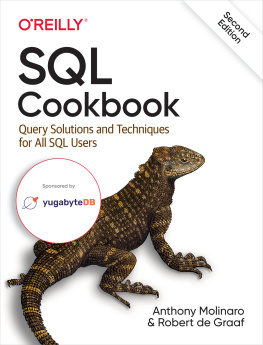
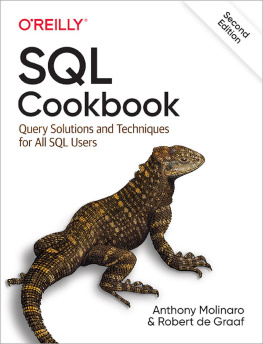
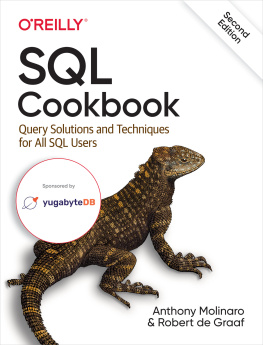
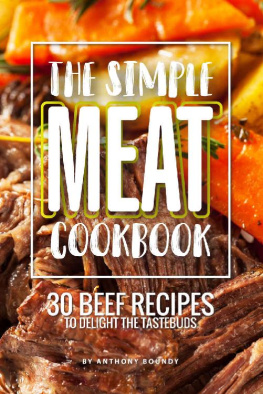


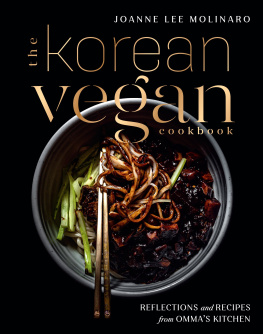
![Molinaro - SQL cookbook [query solutions and techniques for database developers ; covers SQL server, PostgreSQL, Oracle, MySQL, and DB2]](/uploads/posts/book/221182/thumbs/molinaro-sql-cookbook-query-solutions-and.jpg)
